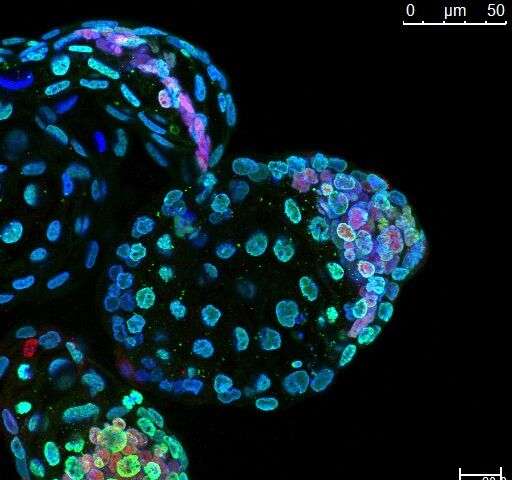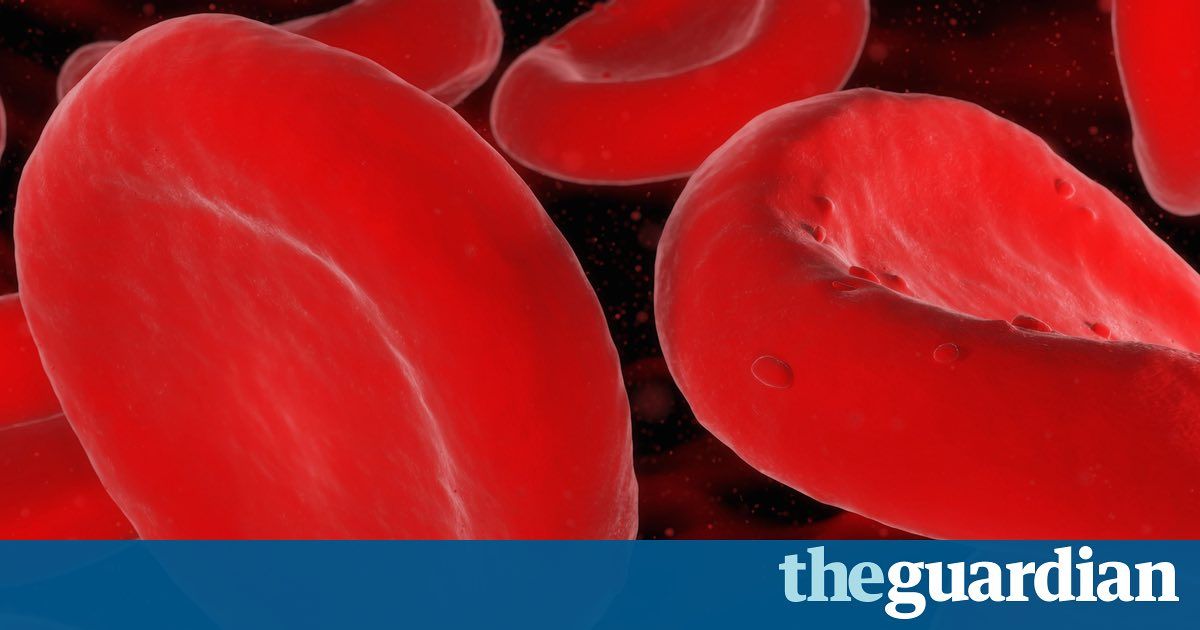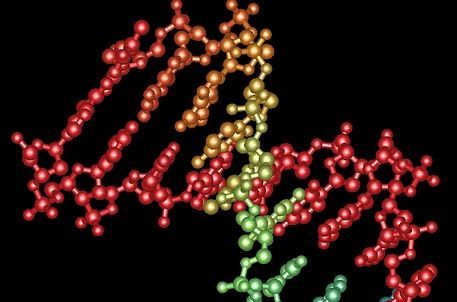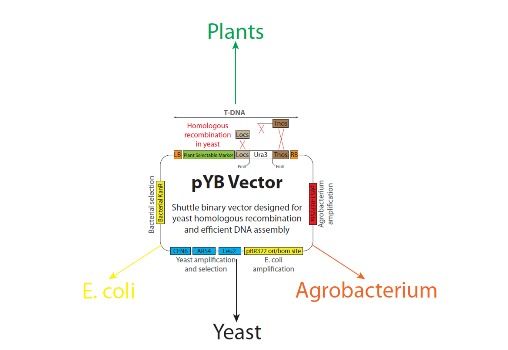Page 10649
Nov 26, 2016
Researchers put mouse embryos in suspended animation
Posted by Steve Hill in categories: biotech/medical, life extension
Hitting the pause button on development in embryos has implications for understanding aging.
UC San Francisco researchers have found a way to pause the development of early mouse embryos for up to a month in the lab, a finding with potential implications for assisted reproduction, regenerative medicine, aging, and even cancer, the authors say.
The new study—published online November 23, 2016 in Nature —involved experiments with pre-implantation mouse embryos, called blastocysts. The researchers found that drugs that inhibit the activity a master regulator of cell growth called mTOR can put these early embryos into a stable and reversible state of suspended animation.
Continue reading “Researchers put mouse embryos in suspended animation” »
Nov 26, 2016
Scientists to ‘reset’ blood proteins in attempt to slow ageing process
Posted by Steve Hill in categories: biotech/medical, life extension
Progress towards making a blood scrubber to calibrate the pro aging factors in blood. Irina Conboy has spent the last 20 years working on parabiosis and signalling factors in blood and this is yet another step forward for their research.
Whilst many are seeking the secret sauce in young blood the data suggests it is much more likely the case that old blood contains too many pro-aging factors eg, TGF-beta, TNF-a, IL-6, CD38 etc… The aim is now to filter old blood and calibrate such factors in order to promote a pro-youthful signalling environment. If only this device was small enough to wear or implant.
In what could be a fresh chapter in the never-ending story of the search for eternal youth, scientists are to tinker with people’s blood in the hope of slowing down the ageing process and preventing age-related diseases.
Continue reading “Scientists to ‘reset’ blood proteins in attempt to slow ageing process” »
Nov 25, 2016
The ingenious ONUSblue alcohol and drug detection patch
Posted by Shane Hinshaw in categories: biotech/medical, law
The ONUSblue alcohol detection patch tells you when you’ve reached the legal threshold and has the potential to save millions of lives. The company’s product roadmap is even more interesting with the detection of marijuana, methamphetime and a range of illegal recreational substances to follow.
Nov 25, 2016
This Is Exactly Why Nikola Tesla Told Us To Study The ‘Non Physical Phenomena’
Posted by Karen Hurst in category: futurism

“The day science begins to study non-physical phenomena, it will make more progress in one decade than in all the previous centuries of its existence.” – Nikola Tesla.
If you google “parapsychology,” the first thing that will probably pop up is a Wikipedia entry loosely (and, in my opinion, rather offensively) defining it as a “pseudoscience.”
Continue reading “This Is Exactly Why Nikola Tesla Told Us To Study The ‘Non Physical Phenomena’” »
Nov 25, 2016
Why the US Is Losing Ground on the Next Generation of Powerful Supercomputers
Posted by Karen Hurst in categories: cosmology, supercomputing
“I feel the need — the need for speed.”
The tagline from the 1980s movie Top Gun could be seen as the mantra for the high-performance computing system world these days. The next milestone in the endless race to build faster and faster machines has become embodied in standing up the first exascale supercomputer.
Exascale might sound like an alternative universe in a science fiction movie, and judging by all the hype, one could be forgiven for thinking that an exascale supercomputer might be capable of opening up wormholes in the multiverse (if you subscribe to that particular cosmological theory). In reality, exascale computing is at once more prosaic — a really, really fast computer — and packs the potential to change how we simulate, model and predict life, the universe and pretty much everything.
Continue reading “Why the US Is Losing Ground on the Next Generation of Powerful Supercomputers” »
Nov 25, 2016
Genetic engineering: Who cleans up the mess?
Posted by Karen Hurst in categories: bioengineering, genetics, military
WASHINGTON – Scientists believe genetic engineering experiments have the potential to wipe out malaria and other illnesses that kill millions of people every year.
But they also acknowledge they could have unintended consequences that could be catastrophic.
So, over the next four years, the Pentagon’s Defense Advanced Research Projects Agency, dubbed DARPA, plans to develop a cleanup crew for engineered genes deemed harmful to the eco-system.
Nov 25, 2016
DARPA envisions 100G infrastructure for improved data delivery
Posted by Karen Hurst in category: futurism
Researchers at the Defense Advanced Research Projects Agency say they are making headway on efforts to develop a much more robust wireless communications backbone.
Nov 25, 2016
SynBio is gearing up
Posted by Karen Hurst in categories: bioengineering, biotech/medical, economics, internet
We’re only starting in this space.
Synthetic Biology (SynBio) includes a large field of applications. Within this area biochemists combine engineering concepts and techniques with biology to design new genes that produce a specific protein. When this protein is an enzyme, bacteria and yeast in which such a gene is implanted can produce specific chemicals through a fermentation process. A large and growing number of businesses is active in this field. This became apparent once again at the EFIB-conference in Glasgow, last October. The workshop was chaired by John Cumbers, founder of the American SynBioBeta, an internet-site dedicated to sharing information and news on synthetic biology.
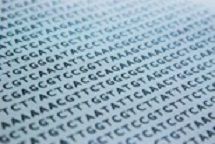
Nov 25, 2016
New Plant Synbio Tool Breaks With Tradition
Posted by Karen Hurst in categories: bioengineering, biotech/medical, food
JBEI researchers develop efficient and affordable method for plant DNA assembly.
Researchers at the U.S. Department of Energy (DOE)’s Joint BioEnergy Institute (JBEI) in collaboration with Berkeley Lab’s Environmental Genomics & Systems Biology Division and the DOE Joint Genome Institute developed a versatile system (named jStack) which utilizes yeast homologous recombination to efficiently assemble DNA into plant transformation vectors. The new approach will impact plant engineering for the bioenergy, agricultural and pharmaceutical industries.
Although synthetic biology has provided solutions to many societal challenges, little research has been devoted to advancing synthetic biology in plants. Microbes, such as yeast and Escherichia coli (E. coli), have received much of the attention in developing synthetic biology tools due to their fast generation time and the ease of working with these organisms in laboratories. A shortage of characterized DNA parts, along with the difficulty of efficiently assembling multiple and large fragments of DNA into plant transformation vectors, has limited progress in studying and engineering plants to the same degree as their microbial counterparts.

